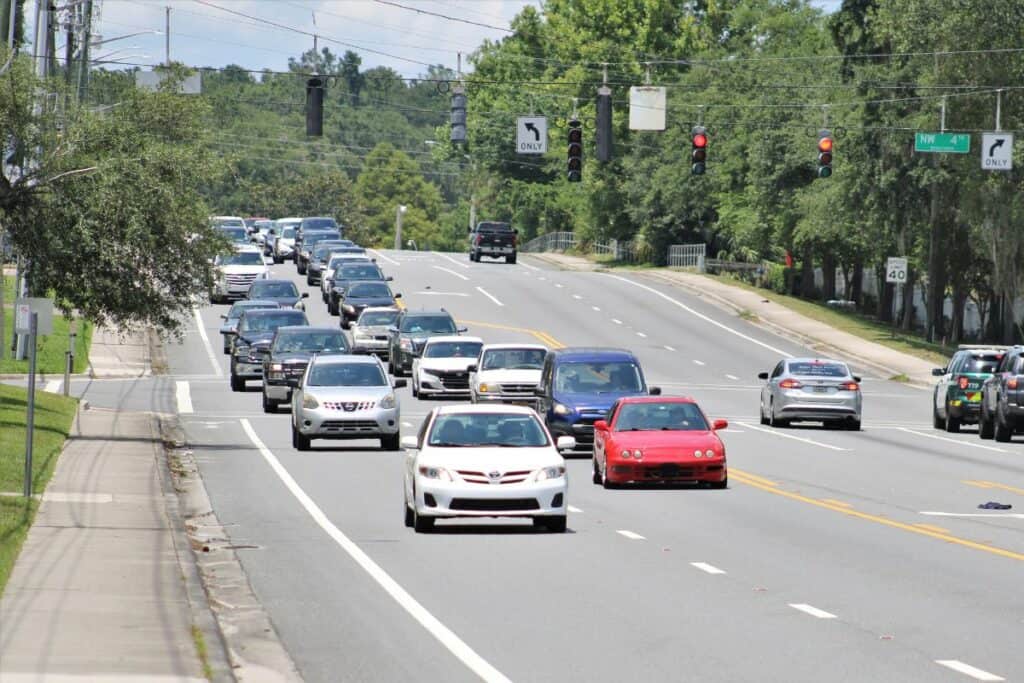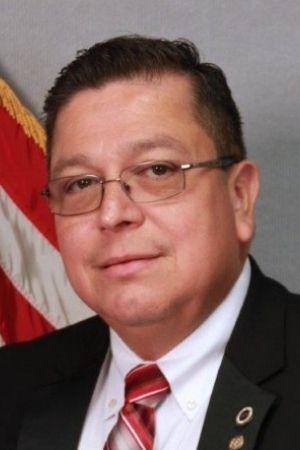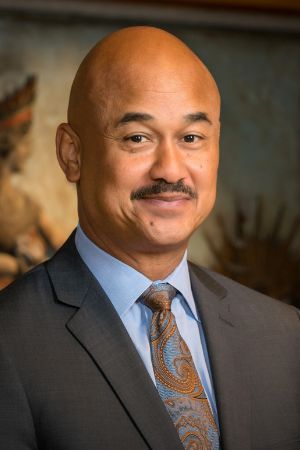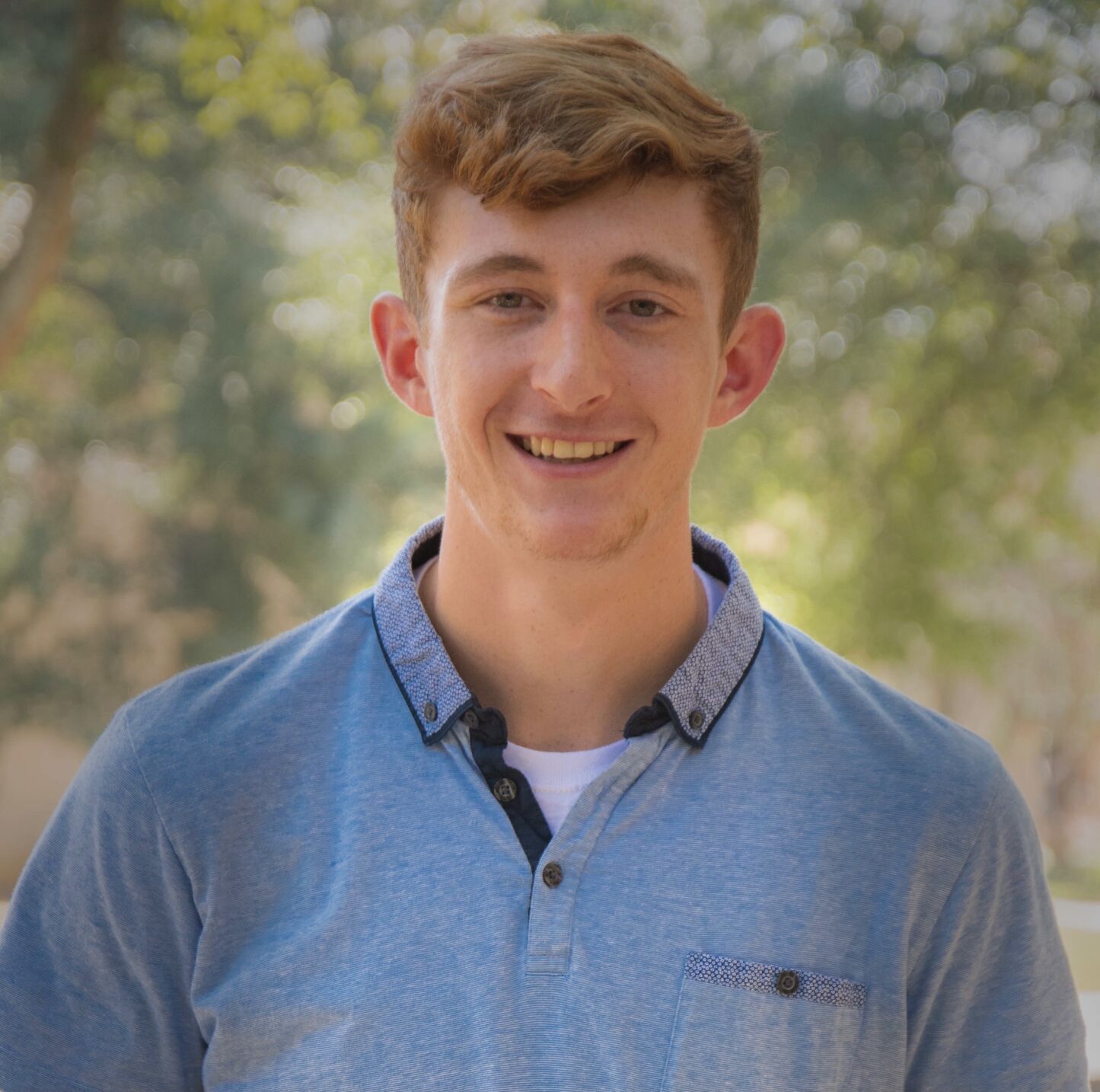
The Alachua County Board of County Commissioners (BOCC) authorized staff on Tuesday to move forward with its parameters for paving roads in 2024.
The commission discussed potential parameters on March 7 and asked staff to run additional scenarios that dealt with how much money to dedicate to residential roads in areas of inequity as defined by the county.
On Tuesday, Ramon Gavarrete, director of public works for the county, brought back options for increasing the dollar amount from $200,000 to $500,000 and then $750,000 and $1 million. He said the $750,000 option positively impacts the pavement condition index (PCI), bringing it from 49.5 to 49.7.
The other options stayed right on 49.5 or dropped lower. Overall, the county will spend between $17 and $20 million per year on paving roads from 2024 until the end of 2032 when the surtax passed in November 2022 ends.
The surtax will produce around $11.5 million to $12.5 million annually for the roads—70% of the infrastructure half. The other financing comes from the general fund and a little from the gas tax.

However, Gavarrete said the gas tax primarily funds the cost of operations. He also noted that his department uses general funds for traffic signal reconstruction, improved crosswalks and pedestrian infrastructure.
The commissioners voted unanimously on a motion that designates $750,000 of the road funds to residential roads in the areas of inequity and also directs Gavarrete to take road complaints into account.
The BOCC also considered the possibility of increasing the annual allotment to roads by $1 million annually for the first three years, $3 million annually for the next three years and $5 million for the last four years.
Gavarrete said that allocation could increase the PCI, depending on how it’s allocated, to 51.3 by 2032.
While interested, the commission decided to wait on the plan. Assistant County Manager Tommy Crosby recommended a pause and said he didn’t know how the general budget would handle the increase.
Crosby said the county continues to push for an affordable housing trust that will impact finances. Plus, he said the county is tracking several bills in the Florida Legislature that could skew finances from the current plan.
Gavarrete said he plans to run another county-wide analysis of the PCI in 2025. The last study happened in 2020 and gave the overall network a 60 PCI. Gavarrete called the grade failing and said he’d like to see that number rise to 70.
However, even with a tripled road budget over the next decade, the road network will decrease to around a 50 PCI. The main collector roads will remain around a 53 or 54 PCI while residential roads drag the overall number down.

Commissioner Marihelen Wheeler asked Gavarrete if the current plan will be enough to convince voters to continue the full cent surtax for another 10 years. Other commissioners also said the work over the next decade needs to convince the voters to continue in order to see the PCI improve toward and then over the 2020 level.
“I’m really concerned about renewing in the next 10 years of this surtax,” Commissioner Chuck Chestnut said.
With the parameters in place thanks to Tuesday’s motion, Gavarrete said he can run the numbers through the program to see what roads will get paved. His staff will also look for ways to maximize efficiency based on roads near each other and add community complaints into the mix.
Gavarrete said the community will see changes. He pointed to NW 23rd Avenue that runs just south of Santa Fe College. He said everyone uses the road eventually and will see the improvements.
That project will be the most expensive of 2023 as far as road development, costing an estimated $6.5 million with additional costs in the next decade.
The county is also looking to extend Parker Road (122nd Street) north of Newberry Road this year, creating a new stretch of road that connects neighborhoods in the Tioga area.
Other projects on the docket for 2023:
- SW 170th Street (CR 241): Major rehabilitation and widening
- Location: From Levy County to SW 134th Avenue
- Cost: $4.7 total
- NE and NW 53rd Avenue: Initial improvements
- Location: At Animal Services driveway
- Cost: $759,849
- NE 27th Avenue: Major rehabilitation
- Location: From NE 39th Boulevard to Newberry Road
- Cost: $1.2 million total
Suggested Articles
No related articles found.




Brought to you by the BOCC that two lanes roads that should be 4 laned. All work road work should be subbed out and downsize the Public works road division. It takes them 4 times longer that private enterprise for some reason
With so many people flooding into Florida from other states, I believe the added burden of building new infrastructure should be placed more heavily on new developments instead of reducing the maintenance of that already existing and paid for by residents? Getting people to move into the area doesn’t require any selling, they’re already coming. And maybe in too great a number.
According to recent budget documents, Alachua County collects $13M-$14M annually for local Gas Tax. They are so generous and give 50% of that to the City of Gainesville! Of the remaining 50% the county makes sure to collect funds for the Florida Retirement System (each major fund has to pay its fair share according to the 22-23 Budget Book). Have to make sure GNV roads are kept in pristine condition so the AC BOCC and GNV CC don’t damage their vehicles driving around the city!
According to this article, “Gavarrete said the gas tax primarily funds the cost of operations. He also noted that his department uses general funds for traffic signal reconstruction, improved crosswalks and pedestrian infrastructure.” Is there really so much demand for traffic signal reconstruction, improving crosswalks, and of course pedestrian infrastructure? These collections from the Gas Tax Fund don’t leave much to add capacity (due to the never ending subdivision additions with little to no impact fees to the developers), road improvements, repairs, etc.
Taxpayer money is spent freely for conservation projects, county park renovations, support for the new sardine packed subdivisions! The road repairs the AC BOCC committed to prior to last November’s elections aren’t happening! They just keep kicking the can down the road and Gavarrete is their lead for the never ending road repair smoke screen!
Why extend a dirt road (Parker Road/122nd) for future subdivisions, using taxpayer dollars? The developers of these subdivisions should be required to pay for these improvements/new roads. Especially when so many of the existing paved roads in the county need repair and/or upgrading, and all the traffic from these new developments is just adding to the road burden and negatively impactef the existing roads.